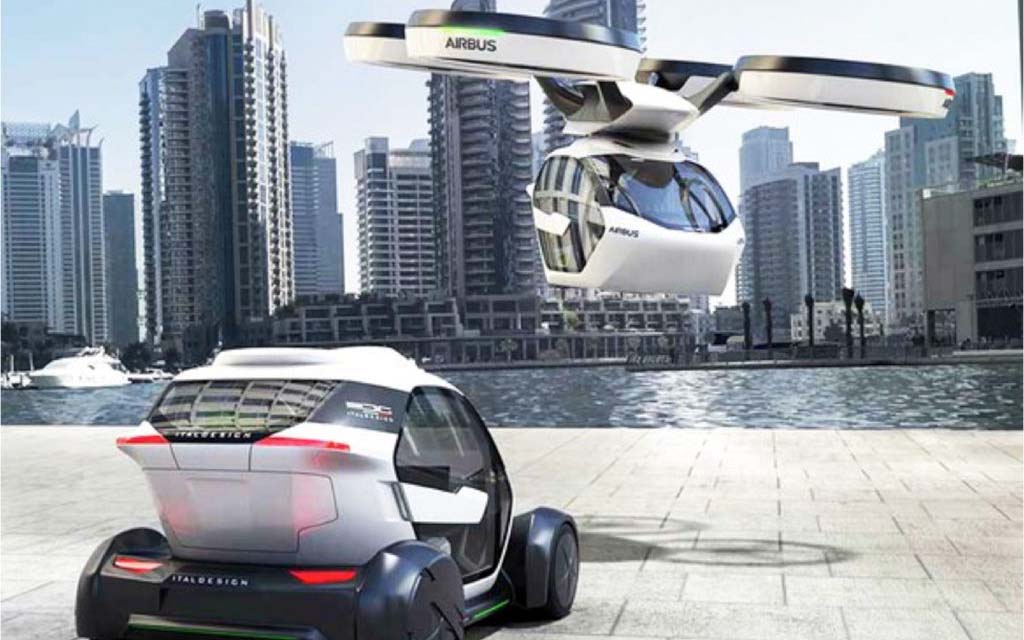
The average American worker spends 26 minutes commuting to and from work each day. And while that may not seem too bad on the surface, this adds up to about nine days each year that the average commuter spends in a car, on the bus, or on the train. Seventeen percent of us have commute times that are 45 minutes or longer. Collectively in America, each year we spend 1.2 billion days commuting—a staggering amount of squandered time—and it’s going to get worse before it gets better in most cities.
Because of this growing problem, the collective pain of commuting isn’t being ignored anymore and some of the world’s most powerful companies are investing billions into solving it. While we haven’t quite embraced fully operating autonomous vehicles yet, work has begun on the next generation of commuting: autonomous flying cars. By utilizing vertical transportation space, this technology could cut that average 20-minute commute down to less than two minutes.
While there has been talk of flying cars for decades, there’s actually a lot of promise in making these a reality in the near future. In fact, just this last month Dutch company Pal-V announced the opening of pre-order sales for the firstcommercially available flying car…if you have about $400K to spare. Before you write this off as something for only the 1%, consider that with scale, price per unit costs of production will dramatically fall and ultimately may be in line with common vehicle costs today according to experts and that’s for private ownership. Ride-sharing services improve the economics dramatically.
Making this technology available to consumers is key. That’s why Uber recently hired former NASA engineer Mark Moore to spearhead Uber Elevate, its latest initiative for short-range air taxis. Other companies have joined the cause, too, like Airbus with the Vahana project (see video here) and Google’s founder Larry Page with startups Kitty Hawk and Zee. Aero.
In its detailed whitepaper, Uber Elevate explains how it hopes to make on-demand aviation a radical solution for urban mobility. They claim that in about 10 years, large cities like New York could be equipped with flying cars that deploy from “vertiports” located through the city, transporting commuters from home to work in a matter of minutes, avoiding gridlock all together. Many experts feel that flying autonomous vehicles may be even faster to market than autonomous cars because they will be less costly than other heavy-infrastructure transit solutions.
Will autonomous flying cars completely alter the automotive industry in the near future? Probably not. Cars and trucks as we use them today will likely always have practical application, especially in rural settings. But by 2030 it is estimated that 60% of the world’s population will live in cities—10% more than today. For those living and working in crowded urban spaces, autonomous flying vehicles will certainly be life changing and if nothing else, will be an extremely interesting product rollout to follow.
Cheers,
Kevin